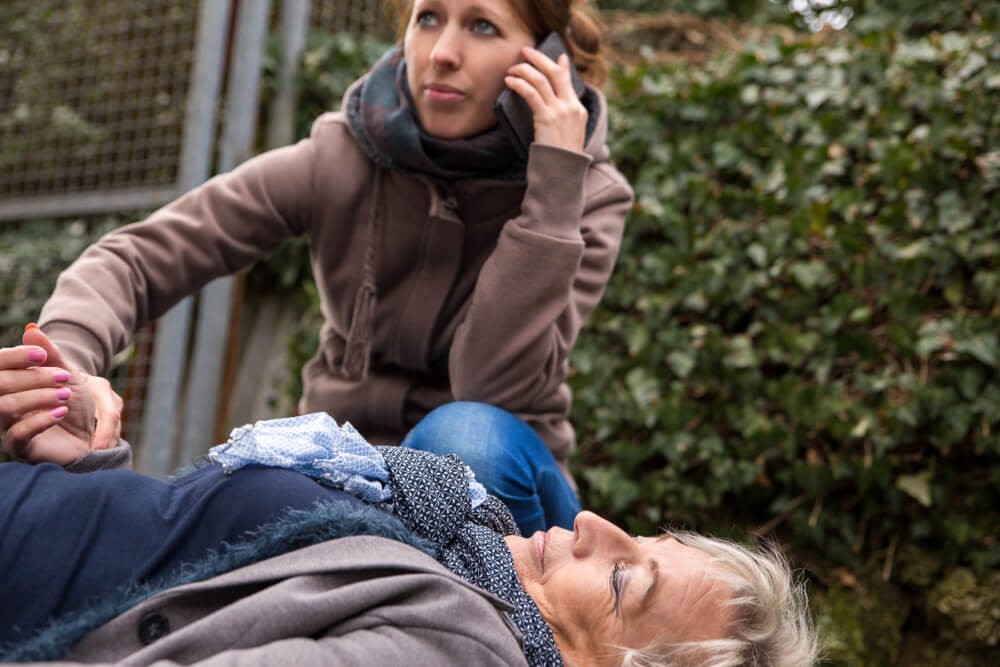
Intervening in First Aid: Good Samaritan law, all you need to know
The law of the Good Samaritan exists in practically every Western country and in many Asian countries, with different declinations and peculiarities
Good Samaritan law and First Aid intervention
A bystander is protected by the Good Samaritan law as long as he has good intentions to help the accident victim to the best of his ability during a medical emergency.
The main purpose of this law is to entice a bystander, i.e. someone who observes a medical emergency by pure chance, to intervene instead of thinking ‘if I make a mistake, I will end up in jail’.
Of course, this does not entitle one to foolish or inappropriate medical practices, and this too is regulated by such legislation.
According to some Good Samaritan laws, as long as medical employees, such as doctors, nurses or medical aid workers, follow standard procedures, they will also be protected by Good Samaritan laws.
What is the purpose of the Good Samaritan Law?
The purpose of the Good Samaritan Law, as mentioned, is to protect people who assist an accident victim during a medical emergency.
Many Good Samaritan laws around the world are generated just for the general public.
The law provides that no qualified medical personnel such as emergency medical personnel or medical professionals are available to support the victim.
That is, it does not provide for a public ‘debate’ on procedures if a doctor, nurse or professional rescuer is among the bystanders.
Since the Good Samaritan usually has no medical training, the law protects him from being liable for injury or death caused to the victim during a medical emergency.
Each law takes care of different individuals, each state declines it specifically.
The law, however, generally states that when you provide help in an emergency, as long as you only do what a reasonable person with your level of training would do in the same situation, and furthermore, you are not expected to pay compensation for helping to adapt.
Furthermore, you are not legally held liable for any injury or death that may occur.
However, note the section on discretion and training.
If, for example, you are not trained to perform CPR and do it anyway, you could be held liable if the person is injured.
In the ‘rescue chain’, it is therefore essential to call the Emergency Number 112 / 118 and follow the instructions of the operator, who is also trained to give precise instructions: if you do this with commitment, no one can hold you responsible regardless of the outcome of the emergency.
It was therefore thought that these laws allowed people to help others without the panic of being sued or prosecuted if something went wrong.
Who covers the Good Samaritan law?
Good Samaritan laws were initially designed to protect doctors and others with medical training.
However, court decisions and legislative changes have helped some laws to change to include untrained helpers who provide help over time.
As a result, there are many versions of the Good Samaritan laws.
In the articles below, you can learn more about many specific aspects of this topic.
Read Also
Emergency Live Even More…Live: Download The New Free App Of Your Newspaper For IOS And Android
Italy, ‘Good Samaritan Law’ Approved: ‘Non-Punishability’ For Anyone Using A Defibrillator AED
Notions Of First Aid: What A Defibrillator Is And How It Works
How To Use An AED On A Child And An Infant: The Paediatric Defibrillator
Neonatal CPR: How To Perform Resuscitation On An Infant
Cardiac Arrest: Why Is Airway Management Important During CPR?
5 Common Side Effects Of CPR And Complications Of Cardiopulmonary Resuscitation
All You Need To Know About Automated CPR Machine: Cardiopulmonary Resuscitator / Chest Compressor
European Resuscitation Council (ERC), The 2021 Guidelines: BLS – Basic Life Support
Paediatric Implantable Cardioverter Defibrillator (ICD): What Differences And Peculiarities?
Pediatric CPR: How To Perform CPR On Pediatric Patients?
Cardiac Abnormalities: The Inter-Atrial Defect
What Are Atrial Premature Complexes?
ABC Of CPR/BLS: Airway Breathing Circulation
What Is Heimlich Maneuver And How To Perform It Correctly?
First Aid: How To Do The Primary Survey (DR ABC)
How To Carry Out Primary Survey Using The DRABC In First Aid
What Should Be In A Paediatric First Aid Kit
Does The Recovery Position In First Aid Actually Work?
Supplemental Oxygen: Cylinders And Ventilation Supports In The USA
Heart Disease: What Is Cardiomyopathy?
Defibrillator Maintenance: What To Do To Comply
Defibrillators: What Is The Right Position For AED Pads?
When To Use The Defibrillator? Let’s Discover The Shockable Rhythms
Who Can Use The Defibrillator? Some Information For Citizens
Defibrillator Maintenance: AED And Functional Verification
Myocardial Infarction Symptoms: The Signs To Recognise A Heart Attack
What Is The Difference Between Pacemaker And Subcutaneous Defibrillator?
What Is An Implantable Defibrillator (ICD)?
What Is A Cardioverter? Implantable Defibrillator Overview
Paediatric Pacemaker: Functions And Peculiarities
Chest Pain: What Does It Tell Us, When To Worry?
Cardiomyopathies: Definition, Causes, Symptoms, Diagnosis And Treatment


